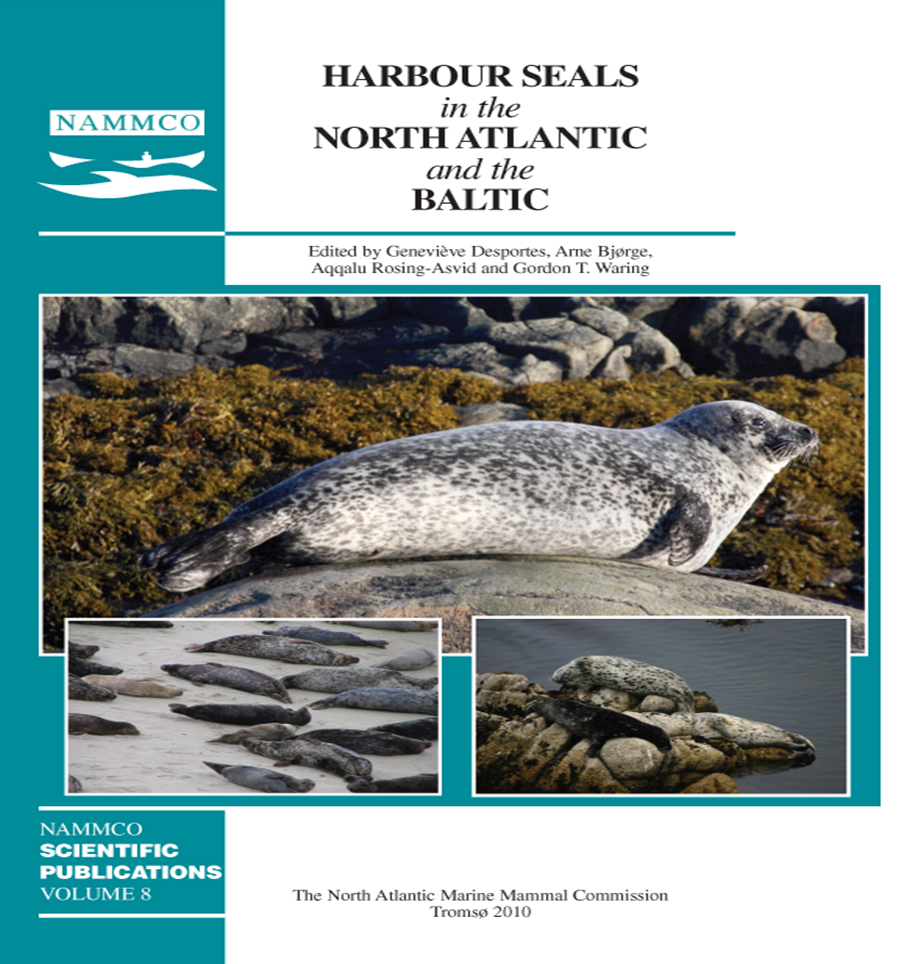Status of harbour seals (Phoca vitulina) in Atlantic Canada
DOI:
https://doi.org/10.7557/3.2684Keywords:
harbour seals, Canada, population statusAbstract
Harbour seals are associated with small islets, reefs and rocks exposed at low tide and estuarine habitats throughout eastern Canada. Evidence of harvesting by indigenous people has been found in pre-European contact archaeological excavations. A bounty harvest as well as subsistence and commercial hunting probably lead to a decline in the population from 1949 to the early 1970s. The bounty was removed in 1976, and harbour seals, in the southern parts of their range have been protected since then. There is little information available on total abundance and current population trend. Mitochondrial and microsatellite DNA research has shown separation between Northeast and Northwest Atlantic harbour seals. Within Canada, the subspecies Phoca vitulina concolor shows some population sub-structure with three distinct units that could be separated into Hudson Bay, Gulf of St. Lawrence and Sable Island. Urban development resulting in habitat degradation is probably the most important factor affecting harbour seal populations in AtlanticCanada, although other factors such as incidental catches in commercial fisheries and competition with grey seals may also be important.Downloads
Published
2010-09-01
How to Cite
Hammill, M. O., Bowen, W. D., & Sjare, B. (2010). Status of harbour seals (<i>Phoca vitulina</i>) in Atlantic Canada. NAMMCO Scientific Publications, 8, 175–189. https://doi.org/10.7557/3.2684
Issue
Section
Articles





